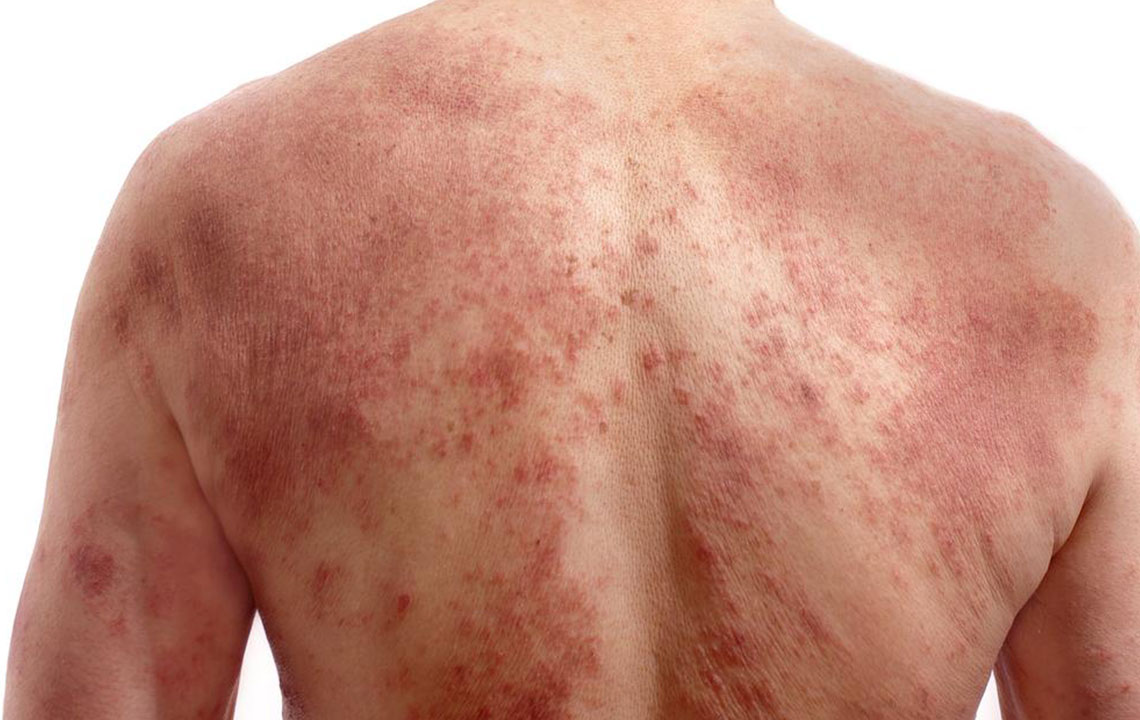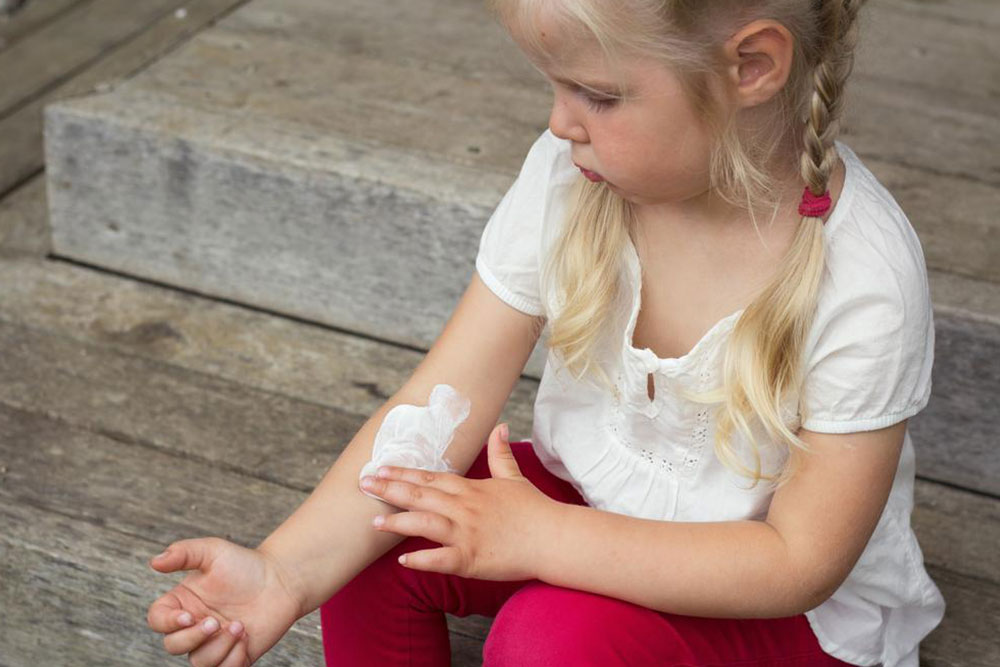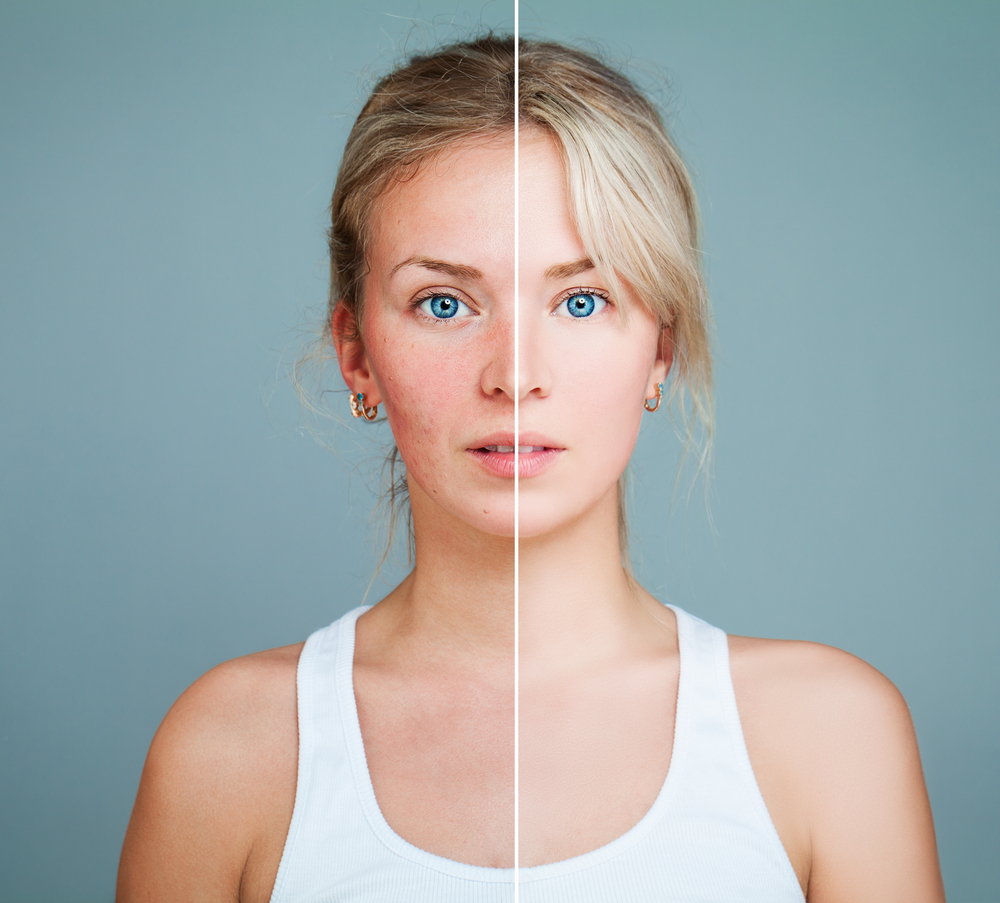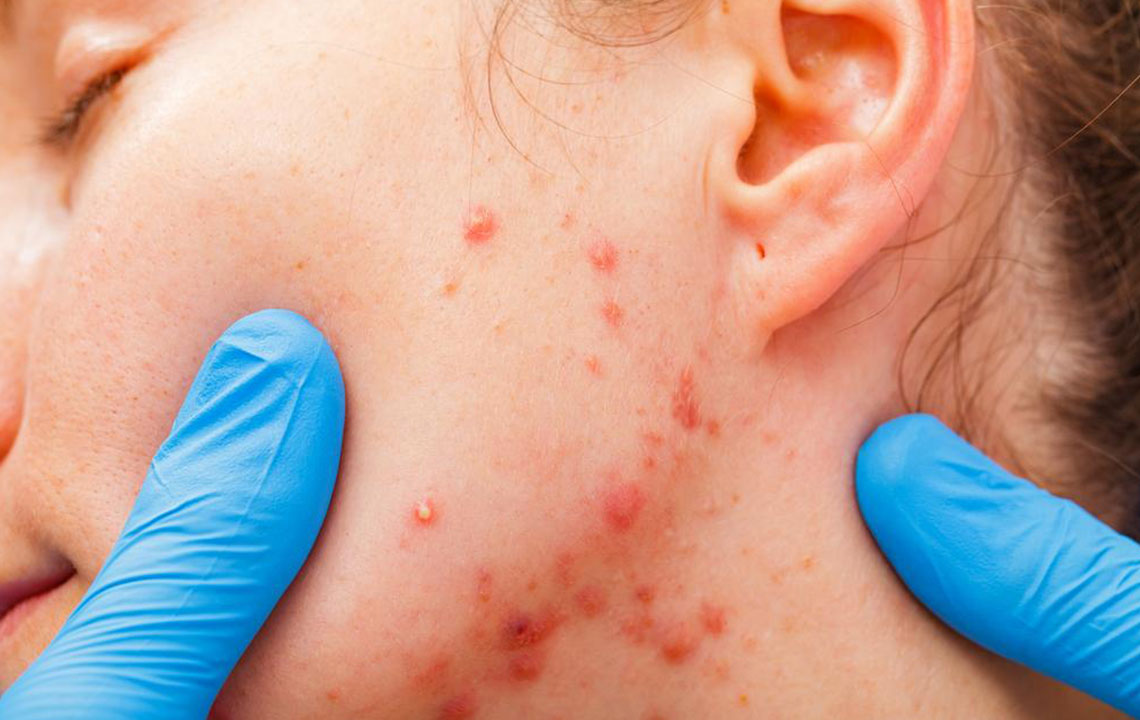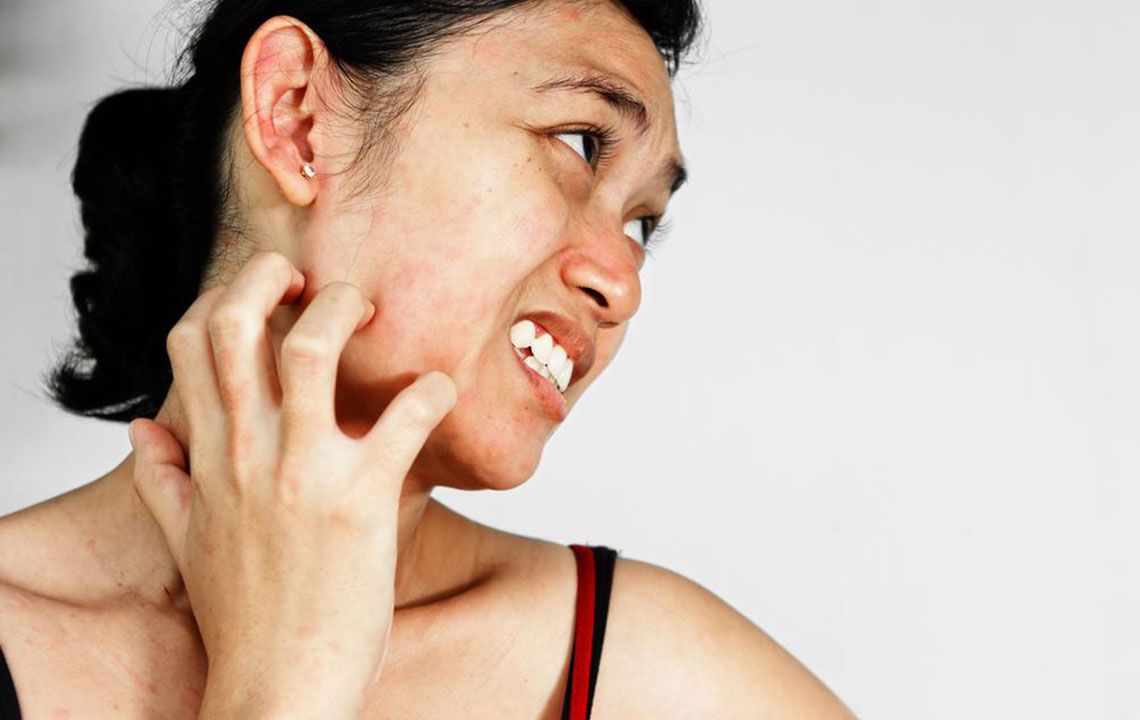Effective Solutions for Managing Rosacea Symptoms
Discover effective strategies for managing rosacea, a common skin condition affecting millions. Learn about symptoms, causes, and the latest treatment options to improve skin health and confidence. Early diagnosis and personalized care can lead to successful management of rosacea, helping you regain your natural glow and self-assurance.
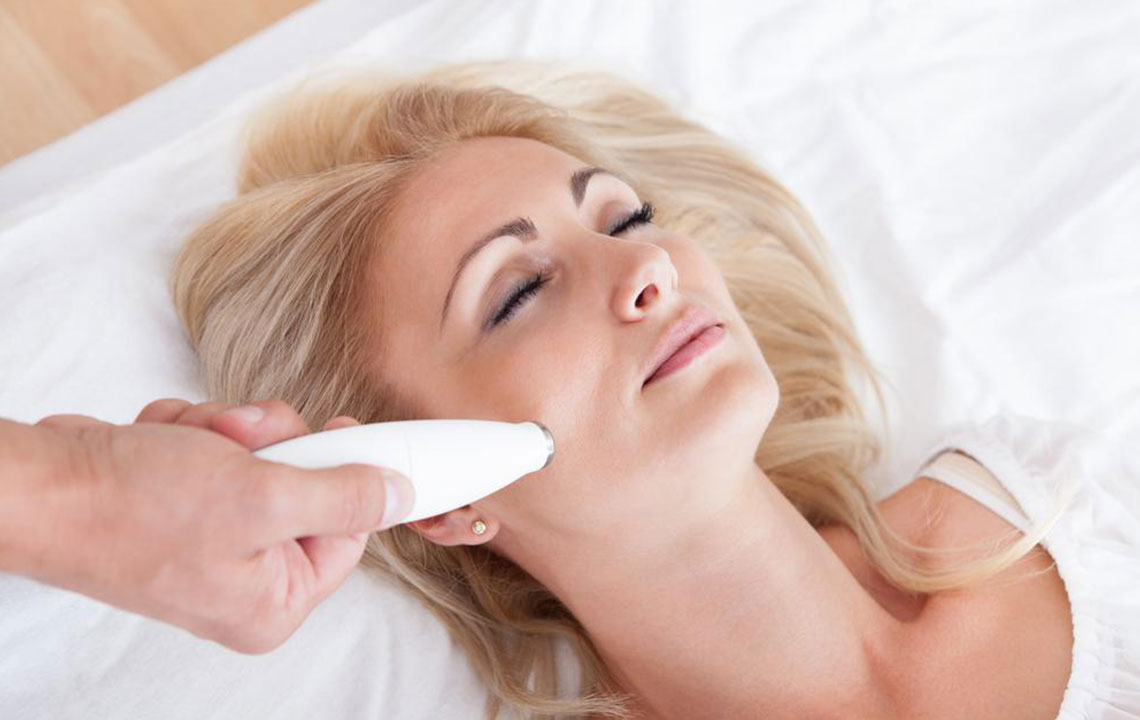
Effective Solutions for Managing Rosacea Symptoms
Rosacea is a prevalent skin condition often mistaken for acne, primarily affecting women over 30 with fair skin. Men tend to experience more severe symptoms because they delay seeking treatment until the condition worsens. Initial signs include frequent blushing and redness, which, if untreated, progress to redness spreading across the nose, cheeks, forehead, and chin. The disease may also impact the ears, chest, and back. Despite its appearance, modern treatments can effectively eliminate rosacea, improving skin health and confidence.
Key Symptoms and Types of Rosacea
The main signs include:
Persistent facial redness and flushing
Visible broken blood vessels
Swollen skin
Increased sensitivity and dryness
Acne-like bumps especially in red areas
Overactive oil production
Rough skin texture
Thickening of the skin, notably on the nose leading to rhinophyma
Other indicators include a watery or bloodshot look, gritty sensation in the eyes, eye itchiness, burning feelings, light sensitivity, and stinging sensations. With ongoing research and advanced treatments available today, managing rosacea effectively depends on the severity and specific symptoms.
Causes and Risk Factors of Rosacea
According to a U.S. study, over fourteen million Americans suffer from rosacea, especially between ages 30 to 50. Factors contributing to the condition include:
Fair skin and blonde hair
A tendency towards acne-prone skin
Genetic predisposition, with family history playing a role
Presence of Demodex mites, which can trigger rosacea
Reactions to bacteria like Bacillus oleronius, affecting immune responses
Top Treatments for Rosacea
Rosacea diagnosis typically involves observing skin redness, blushing, and flushing episodes. Many individuals remain unaware of their condition due to the lack of specific tests. Dermatologists diagnose rosacea based on symptoms, tailoring treatments accordingly. Common approaches include:
Topical medications applied directly to affected areas
Regular use of sunscreen
Laser and light-based therapies
Oral antibiotics to reduce bumps and inflammation
Continuous medication to maintain control over symptoms
Laser treatments can remove thickened skin on the nose and face, while eye care involves proper eyelid hygiene and prescribed eye medicines
If you notice rosacea symptoms, seek medical advice promptly. Early treatment helps restore your confidence and skin health. The National Rosacea Society offers free resources on managing the condition and improving quality of life.

